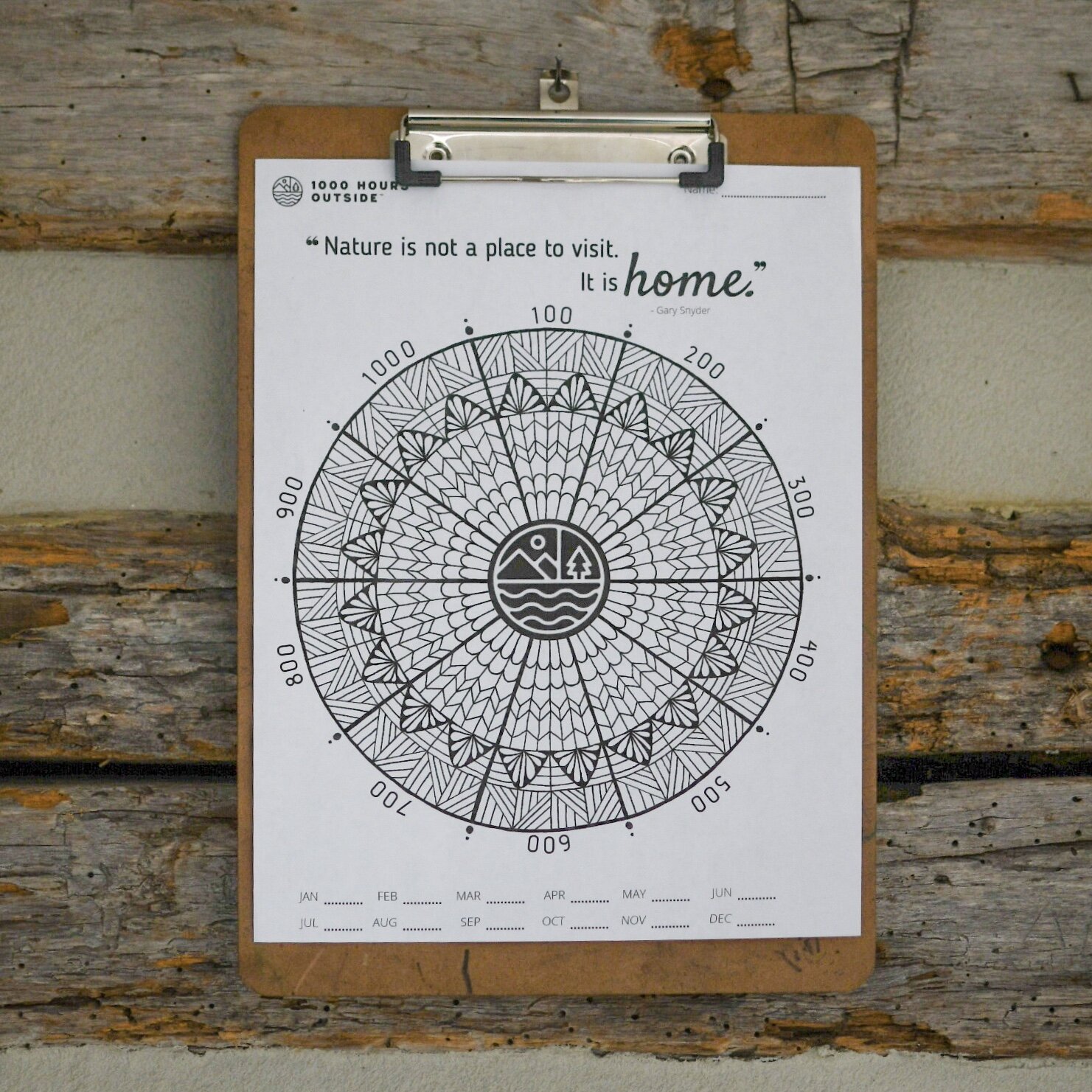How to Spend Four Hours Outside with Kids
When we go outside, we often stay outside for many hours. This is in stark contrast to how I used to plan our activities and to a degree I think it is also different from how many other American families plan their days. I say this because in the six years we've been putting long outside days on the calendar I've sat back and watched families come and go in much shorter time frames than our four to six hour outdoor chunks. Most often, we don't see any other families outside at all.
The first time I spent four hours outside with my children I was hooked. It is, I believe, the answer to many modern parenting problems. It alleviates sibling rivalry. It completely cuts out boredom. It pulls kids away from the screens. It helps with parent/child interaction because nature is always a great multi-age activity. In addition to all of those things, there are a host of physical, social, emotional, educational, and developmental benefits that occur when kids (and adults) are interacting with nature.
I originally heard of the four to six hour time frame of outside time from a friend who read about it in some works by Charlotte Mason, a British educator and innovator in England. Although Mason lived over one hundred years ago, it is interesting to see that current research is consistently supporting nature time for kids.
The thing is, if you've never done it, four hours outside seems daunting. It sure did to me. I had all sorts of questions about what the kids would do and how I would occupy them without any toys. Turns out they do a pretty darn good job of occupying themselves. Depending on the current stage of my kids and the time of year we've done the following schedules:
9 am to 1 pm: This one works well when the kids get up so awfully early that nothing is open and available to do for several hours. It also works well in the summer because you can head home when it starts to get unbearably hot. For napping families it works great to feed the kids a big picnic lunch after they've played all morning and then take them home and put 'em to bed.
10:30 am to 2:30 pm: Choose this if it's a little harder to get going in the morning, if it's that time of the year when the mornings are frigidly cold, and/or if you have a child that takes one nap a day. Just like the previous schedule, you can have a picnic lunch while you are out and then head home for an afternoon nap.
noon to 4:00 pm: We do this one often. We spend the morning prepping, getting things done around the house, practicing piano, schoolwork, running errands, etc. Then we head out, picnic, and play. We stay outside until around four and then head home for an afternoon snacks and then dinner prep and evening activities. My kids are non-nappers so this works for us. The 18 month old occasionally catches a snooze in a stroller, baby carrier, or the car ride home.
4:30 pm to 8:00 pm: This is the option for school-aged kids. There are lots of things that pull for our time these days. It's important to remember that both engaging in free-play and exploring nature carry a lot of weight in terms of lifelong benefits. At least a few days of the week kids should primarily be playing outside after they get home from school. Take the homework and your dinner and to a nearby park and spend the evening there!
The top image is from a five-hour weekend family day. We hiked, played, picnicked and explored at Seven Lakes State Park in Fenton, MI from 10 am to 3 pm. I packed a lunch and set out clothes the night before so our morning was smooth. Even with five hours of fresh air we still made it home in time to get ready for church service.
Record your outside play on your 1000 Hours Outside tracking sheet. Download for free here!


